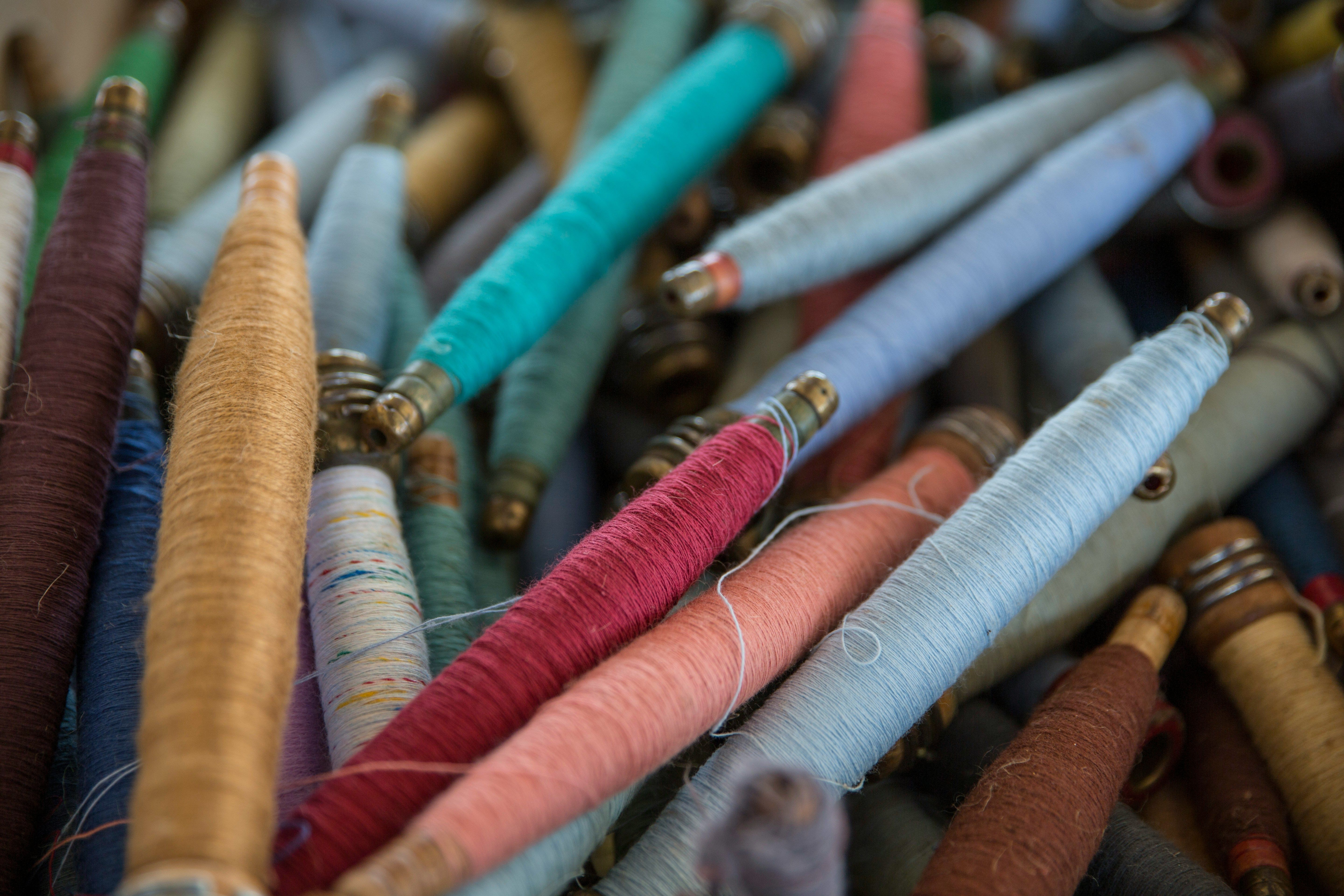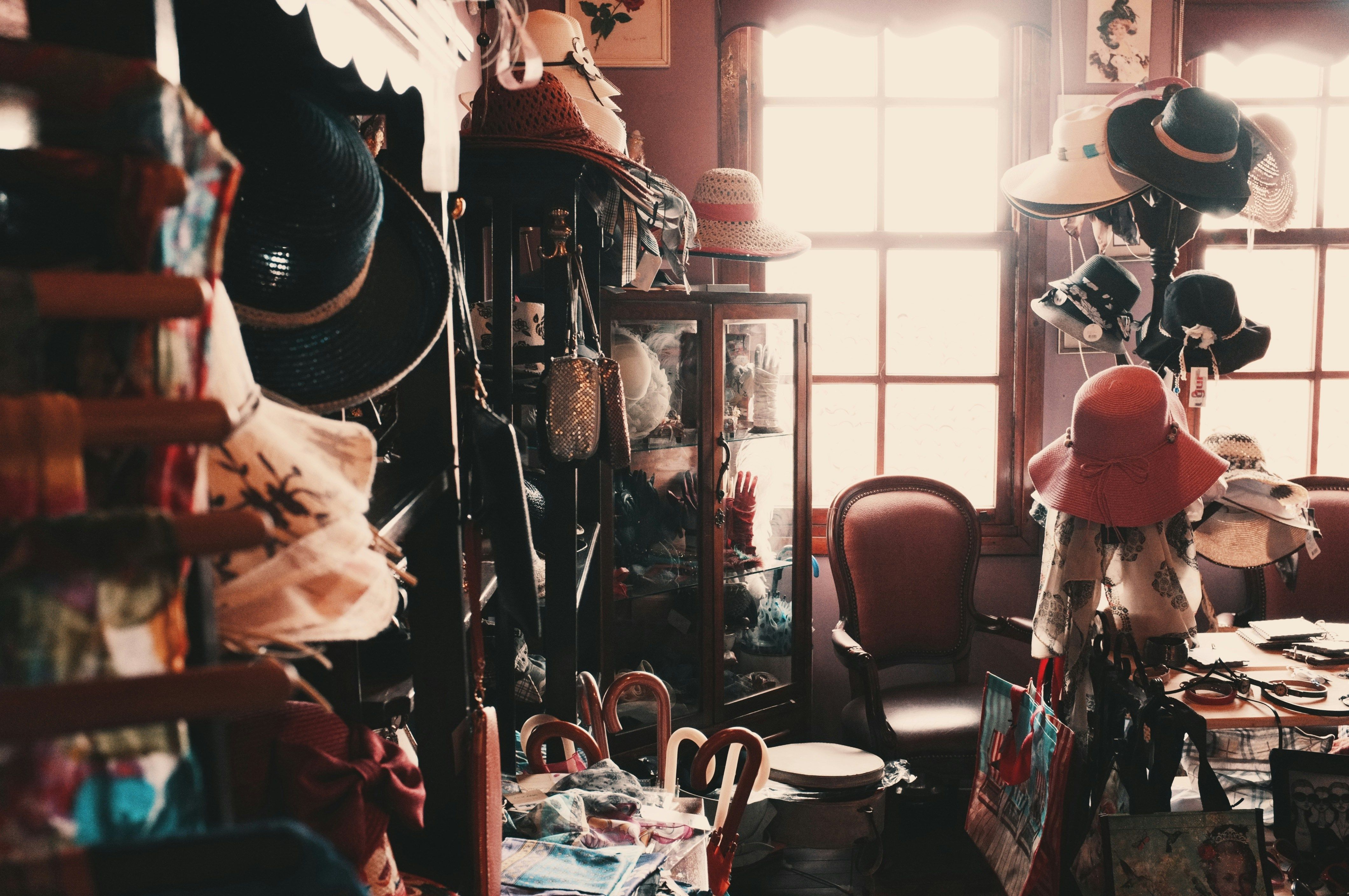Is fast fashion still 'costing the Earth?'
)
On May 1st, the Environmental Audit Committee sat in the Palaces of Westminster to revisit their inquiry into fast fashion and the future of sustainability in the UK fashion industry. In 2019, the committee published its report – ‘Fixing fashion: clothing consumption and sustainability’ – the most downloaded report of any Select Committee ever.
The committee and its witnesses discussed what progress the Government and the industry have made in the 5 years since one of the most anticipated reports was published, and also what work is yet to be done. After hearing from 7 witnesses and nearly 3 hours of discussion, here’s a brief roundup of what was discussed.
Witnesses:
- Professor Dilys Williams, Founder and Director, Centre for Sustainable Fashion, University of the Arts London
- Femke den Hartog, CSR Policy Advisor, Europe, INretail
- Keith James, Head of Policy and Insights, WRAP
- Marcus Hartmann, Head of Public Affairs, H&M
- Joe Metcalfe, Founder and CEO, Thrift+
- Lorna Fallon, Trading Director, Oxfam
- Andrew Reaney, Responsible Sourcing, Group Product Operations and Wholesale Director, boohoo Group plc
What has changed since 2019?

In terms of numbers, the committee reported that 1.5 million tonnes of textiles was bought in 2019, 1.2 million tonnes in 2021 and now back up to 1.4million tonnes.
Looking at these numbers, the witnesses urged the Government that while there was a brief lull in textile purchases due to the pandemic, this just went to show that the demand in textiles isn’t slowing and there needs to be some more mandated policies in place if we want to ensure this production doesn't have a detrimental impact to the environment. What that might look like isn’t certain, but a start could be asking for all businesses to be transparent with their production volumes – especially those within fast fashion.
Transparency was a theme brought up a few times - Professor Dilys Williams was very vocal on the idea that the Government can't rely on the good will and voluntary contributions of fashion organisations and needs to put more policies in place to ensure we nurture a culture of collaboration and transparency in the industry.
While we can see UK still has some work to do, there are examples from other parts in Europe where Government legislation has helped reduce environmental impact. In France, Hungary and the Netherlands, for example, they are well on their way to working towards a circular economy, helped by legislative frameworks from their governments. As an example, France is discussing introducing the fast fashion tax bill, and they also incentivise companies to offer repair services.
What have fashion brands done to help?

You’d be forgiven for also being surprised that Boohoo and H&M were giving evidence on how to be a more sustainable fashion brand in the UK - however, as they were the only two fashion brands to accept Parliament's invitation to contribute, they do deserve some kudos.
Boohoo mentioned that the expectation in how the consumer wishes to interact with brands has changed, and so retailers need to adapt to market themselves better to consumers, but especially if they want to engage with them from a sustainability angle. The usual Boohoo customer purchases on average 2.5 times a year, buying 3.5 items and the average over the year amounts to under £200. Bearing their consumers in mind and wanting to also contribute to a more circular market, they developed a marketplace app giving customers the ability to resell or rent their clothing. It was heartening to hear Andrew Reaney emphasise that while their business is built on commercialising a trend and getting this to the customer quickly, this doesn’t mean the products can’t be durable or of good quality, or be recycled.
In the H&M corner, we heard about their sustainability goals – wanting to be net zero by 2040, and wanting all their products to be 100% more sustainably sourced by 2030. They understood that people want to express who they are through fashion, but also keep up with fashion trends and so that means buying new clothes is a certainty. But it's the responsibility of retailers like H&M to responsibly sell to their consumers and provide them with more sustainable solutions. One of the ways H&M is helping is their take back scheme - any brand of clothing can be taken to any of their stores to be reused or recycled, certainly helping them reach their goal of being a fully circular business by 2030.
Importance of collaboration

During the meeting, we heard about the positive impact of Textiles 2030 – a 10-year program that is aiming to help the fashion industry in reducing its impact on climate change. While it is a voluntary initiative, 60% of the market have signed collectively on targets to cut carbon emissions, water consumption, and try and drive circularity through their designs, stock and recyclability of clothing. Change has been slow and steady, but this is encouraging businesses to make more ethical and sustainable decisions across their whole supply chain.
We also heard from Joe Metcalfe at Thrift+ - a marketplace created to drive circularity, and partnering with companies, such as Boohoo, to help facilitate the re-use of clothing. Joe's company helps educate the average consumer that most of the clothes they don't wear are rarely end of life - they have value in being reused or recycled, but businesses and individuals need more support continue the circular processes with unwanted items.
Programs like Textile 2030 and Joe’s company encourage collaboration across the sector and is where organizations can really make a difference in creating a real physical and cultural shift in how fashion can become more circular – working together can help tackle a bigger share of the problem. We're also seeing more businesses partner with charities, like Oxfam, who are integral to facilitating the circular economy and were the original pioneers of this, but also need more support.
Consumer behaviour

We can’t talk about sustainability and fashion without talking about the steady change in consumer buying behaviour, and how businesses are using different tactics to engage consumers.
Prof Dilys Williams brought up a wider marketing issue – the overstimulation of the population, mainly from new online businesses. This push model offers discounts for a short amount of time only, offering a constant idea of ‘newness’ and encouraging customers to buy quickly with low risk and low money – not helping towards a more circular fashion model and also overwhelming the average consumer into making potentially environmentally harmful buying decisions.
Despite this, we are finding that the average consumers' attitudes ARE changing, even amidst these new tactics. The committee discussed there is a demand for more sustainability, equality, and transparency – and fashion needs to listen to these new priorities and adjust accordingly and harness the cultural shift in consumer demand to have more knowledge on the items that they are buying.
Extending the life of garments, utilising sustainable materials, introducing product labelling – these are all examples of how fashion can contribute to the changing needs of the average consumer in the 21st century.
The future for fashion
While I left the committee meeting with potentially more questions than answers, it wasn’t short of healthy discussion and debate (and some interrogation by MP Claudia Webbe). It was comforting to see this sustainability in fashion being discussed in Parliament - really showing that no company can afford to ignore these very real considerations. Sustainability within the fashion industry needs to be a priority - people will always buy new things, yes, but organisations need to make more sustainable decisions (and solutions) across the supply chain, right from sourcing to distribution, to reuse and recycling.
While we still have a long way to go, it was encouraging to hear valuable discussions and reflect on how commercial and sustainable prerogatives can, and should, co-exist. Hearing from two major fashion brands on how they are making real, practical change shows how we're heading in the right direction, but it does require more collaboration, transparency and education.

